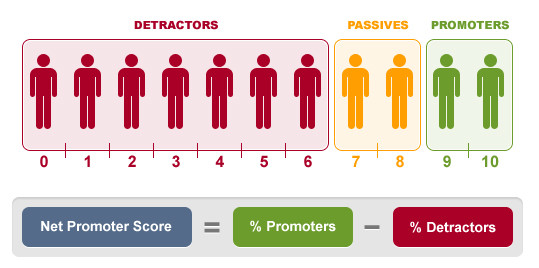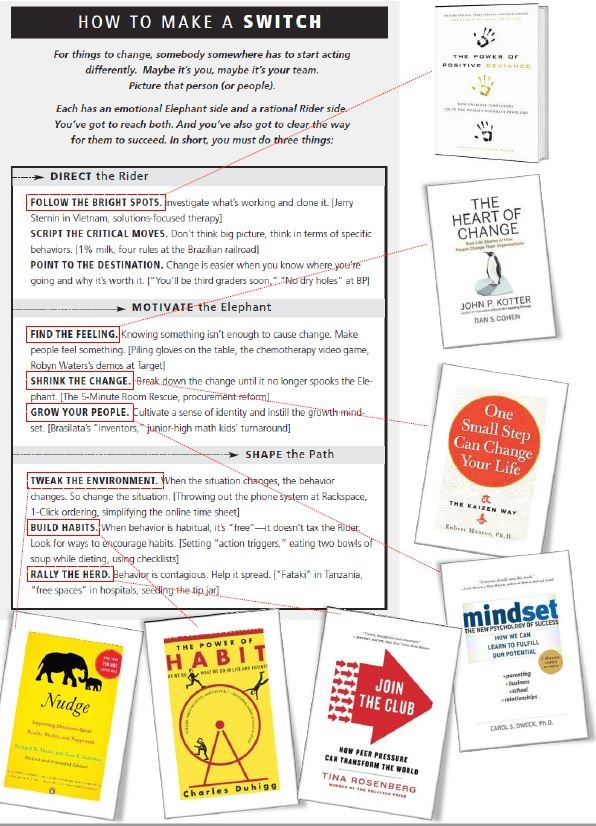 This article was originally published on LinkedIn November 14, 2017
This article was originally published on LinkedIn November 14, 2017
The feedback is out there. Are you tapping into it? With an un-sanctioned, un-researched (but highly practical!) slight alteration to the question-of-all-questions when it comes to customer satisfaction (net promoter score), you can get a read on the effectiveness of your leadership.
Here’s the thing…your employees are customers of your leadership. A variation of the net promoter score question will yield rich data about how effective your performance is.
I’ve written the following as if you’re a leader who wants to understand the effectiveness of her or his change leadership, but mentally delete the word “change” and you can expand every bit ‘o advice to leadership in general.
Developed by Bain & Company, the net promoter score (or “the Ultimate Question”) is designed to provide a company with an accurate picture of how that company is viewed from its customer’s perspective. There are variations on the NPS score, but fundamentally, it asks customers to indicate, on a scale of 0-10, whether they would recommend the company to a friend or colleague.
Employee NPS has become a pillar of employee engagement surveys: “On a scale of zero to ten, how likely is it you would recommend this company as a place to work?” Yet, we know that employees don’t leave companies…they leave managers.
When you treat your team as a customer of your change leadership, your likelihood to lead change successfully increases.
Here’s how I believe we can apply the NPS concept to change leadership
The change leader NPS reads like this: “On a scale of zero to ten, how likely is it you would recommend this change leader to a friend or colleague.”
- Those who indicate a high likelihood to recommend (9 or 10) are considered ‘Promoters’. They are loyal and enthusiastic. If they were talking about your change leadership, they’d say “You have to come work on our team. [Katherine] is incredible through this change — giving us a lot of information. When she doesn’t have the answers, she tells us that directly and we talk about how we might be able to get the information we need.”
- Those who are passive (7 or 8) are satisfied, but lack enthusiasm. They won’t be proactively talking about an individual’s change leadership or recruiting colleagues to the team.
- Employees who rate a manager’s change leadership as a 0-6 are detractors. They are unhappy and, likely, looking for another leader. They sure as heck aren’t encouraging colleagues or friends to join the team and are likely complaining about a leader in the break room.
Change is saturating our workplaces. It’s unavoidable (And…that’s a great thing! Change brings innovation, evolution, progress…). And in 2014, HBR cited it as one of the seven essential skills needed to thrive in the C-suite. It’s time to brush up on key concepts of leading change and then apply them daily.
For guidance on being (or becoming) a great change leader, you can start with the Prosci Sponsorship Checklist or the Switch Reading List (available by registering on the Heath Brothers site).
The simplicity of NPS is one of the reasons it’s so great. Isn’t repeat business and positive word of mouth the best sign of success?
On my team, we’re working through some objective criteria to score an initiative sponsor’s effectiveness throughout a change. While we could come up with a list of ten questions – maybe we need just one: “On a scale of 1-10, how likely are you to recommend this change leader to another project?”
If you are leading change today, I encourage you to whip up a quick survey in one of the hundreds of affordable (or free) online survey tools available today. Make it anonymous and ask the question: “On a scale of zero to ten, how likely is it you would recommend [insert name] as a change leader to a friend or colleague.”
The information you receive could be your breakthrough in understanding your most important customer…your team.


